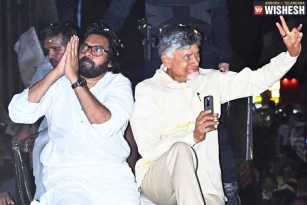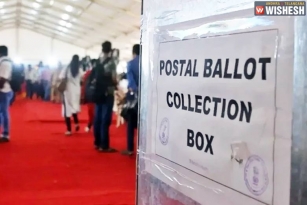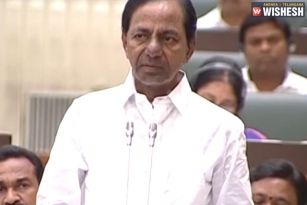
Hyperloop Transportation Technologies, also known as HTT, an American research company, aims to enter the Indian market, with a new prototype.
The company said, the prototype, would be “cheaper and more efficient”, model than its fellow American competitor, Los Angeles-based Hyperloop One.
HTT, Chairman, Bibop G Gresta, is also planning to meet Shri. Prime Minister, Narendra Modi.
“Hyperloop One, is costlier, more energy intensive and has a flawed approach,” said Gresta.
Gresta further stated, “Imagine if your Hyperloop could be more energy efficient, cheaper to use and easier to deploy.”
HTT was formed using a crowd collaboration approach, to develop a transportation system based on the Hyperloop concept.
Hyperloop is a proposed mode of passenger and freight transportation that would propel a pod-like vehicle.
This vehicle will levitate through a tube-like track at more than the speed of a jet-propelled airplane.
The system could be the future of transport, traveling from New Delhi to Mumbai in a time period of 70 minutes flat, or three times faster than a commercial flight.
However, the competing American companies have shown interest in selling their products in India.
To develop the technology in the country further, Hyperloop One has been in talks with the Indian government.
Hyperloop One, builds pods or capsules and tracks based on Tesla CEO, Elon Musk’s 2013 concept.
If successful, Hyperloop One’s Capsule, can help travel from Delhi-Mumbai in just over an hour.
Gresta is also expected to meet Transport Minister Nitin Gadkari and Railway Minister Suresh Prabhu today.
HTT has also submitted a proposal to Niti Aayog (The National Institution for Transforming India), for its project and is awaiting its approval.
Niti Aayog, is the Government’s think-tank policy established, to replace the Planning Commission which followed the top-down model.
The participation of HTT, would largely depend on the Indian Government’s commitment to the transport system, said Gresta.
“We are expecting that the Indian government will pitch in half the money for the feasibility study that will cost nearly 1 to 1.5 million USD,” said the HTT Chairman.
Gresta, further, explaining the difference between his model and that of the rival, said, HTT would utilize passive levitation technologies, in contrast to Hyperloop One.
Hyperloop One, would use active levitation, that require high-voltage and uninterrupted supply of electricity.
“HTT requires a track made of aluminum and the capsule fitted with electromagnets, in a certain assembly, to operate with low quantities of electricity,” said Gresta.
Gresta said, “Laying the HTT will approximately cost somewhere between 20 and 40 million USD, per kilometer.”
The cost of laying HTT lines would be high, though anti-pollution profits from the change should make up for the initial expenses.
Also, a 3D printing can help speed up the track-laying process to 100 kilometers a year, added Gresta.
He further said, Levitation is not the only difference between HTT and Hyperloop One.
Gresta said, Hyperloop One, is looking to raise money and come alone to the country, whereas, Hyperloop believes in a partnership approach.
The Chairman further added, “the company believes in lean manufacturing.”
“Hyperloop has already identified partners, in India and want to work with them to create a transport system, that will benefit the citizens of India,” he said.
The company, has already been in talks with Andhra Pradesh, Odisha and Jharkhand governments.
Andhra Pradesh has shown interest in setting up a test track of 30 kilometers. A proposal will be laid shortly and a route feasibility study will be done, for this.
Even, the Jharkand State is interested in developing a fast-track route.
This fast track route would connect the state’s industrial corridor - Ranchi, Dhanbad, Bokaro and Jamshedpur.
By Supraja

























